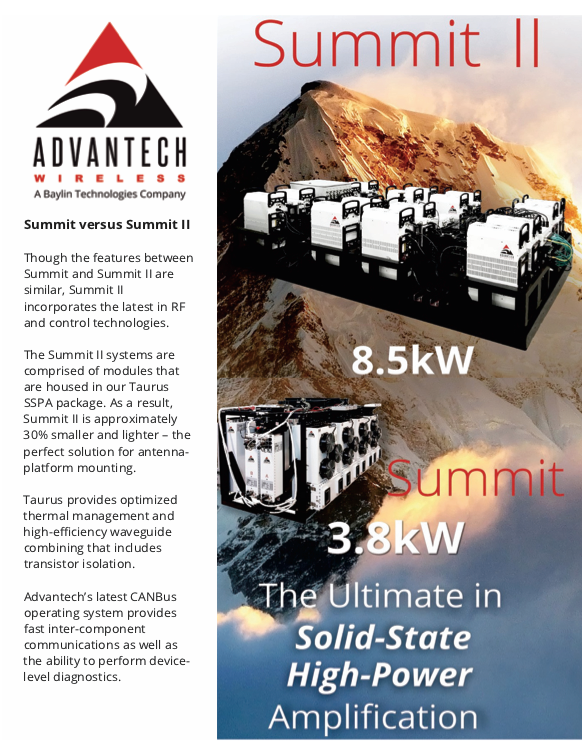Satellite systems are moving rapidly from single units or devices to fully interconnected electronic networks operating on centralized computers and or satellite constellations coordinating within one another. This includes specialized orbiting satellite partners that collect and or transmit data to a main system as well as provide constant communication and information back down to Earth.
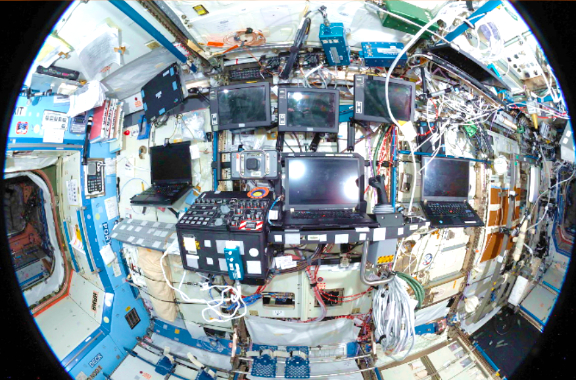
International Space Station (ISS) internal photo, courtesy of NASA.
In short, Earth’s orbital space has become a congested, highly technical and complicated environmental zone. Many of the orbital and exploration satellite systems operating within their assigned area or level of orbit will experience significant environmental variations that can test the reliability of their circuitry.
Individual circuits can require significantly different designs to provide their unique functions and to remain functional as they experience their own environmental experience.
In short, new satellites and space electronics seriously require interconnection design planning for each individual function and where they will be performing.
Many satellite systems began as observation instruments from deep space analysis to the constant monitoring of Earth, then tracking items on Earth.
As this trend continued, designs evolved to improve image resolution, the range of spectral images being viewed and rapid information analysis and transmission down to control centers on Earth.
GPS tracking, defense management, petroleum research and Earth disaster information benefited significantly from this era. The world also began sensing and tracking radiation for mapping and safety analysis. However, the demand for data collection, processing and analysis became the next challenge. Older analog data collection systems work well, but handling the information volume was becoming a bottleneck. Digitization and high-speed digital data transmission became critical.
New materials and circuit designs began to solve the problem. As the microchip designers evolved from silicon to Gallium based semiconductors, two significant benefits arrived.
New circuit systems required very low current that operate at minute voltage levels. Single circuit boards converted analog data to digital and could process high volumes of data.
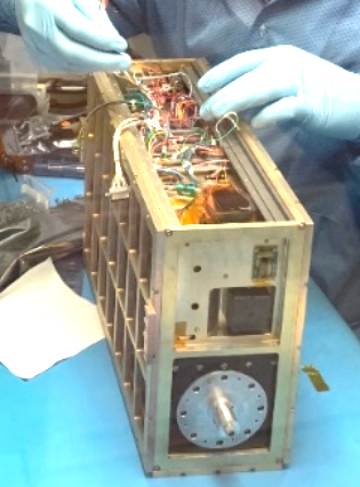
Solar monitor, photo courtesy of NASA.
New CMOS, (Complimentary metal- oxide semiconductor), imaging chips provided extensive data without draining batteries or onboard energy. New high speed GaN (Gallium Nitride) information back to Earth.
chips operated signal processors to send Wiring and connectors needed to be designed to meet these new electrical requirements. Fortunately, the lower current and low voltage circuitry was perfect for connector and cable size weight reduction.
New military quality Nano-D connectors fit the bill immediately. Differential cable designs were also smaller and lighter weight, but more importantly, they could handle high speed digital signal routing.
Within satellites, Ethernet, USB 3, sur veillance data and other high speed digital signaling has become easily handled. In many cases, standard nano- sized connector and cables fit immediately for evolving new designs in the space industry.
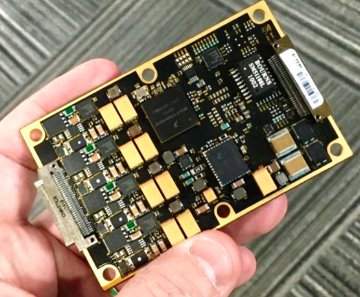
TX mission communications board.
In specialized cases, miniature connectors and cables are rapidly tailored to match the newer space circuit designs. One recent example can be seen from this image of a single board TX Mission smallsat software defined radio (SDR) for satellite communication management. This can connect one satellite to its next partner within a constellation. The benefits are that it is small, lightweight and easily handles up to 500 Mbps of digital data.
A constant design evolution is occurring from deep space exploration to LEO based constellations. New sensor designs are extending performance while using low current and energy thus saving batter life and satellite demand for energy.
LIDAR image detection and analysis is offering optical imaging in multiple frequencies that sees through forest canopies and offers precision position accuracy. Radiation sensors tell us what minerals near the surface of Earth. Gamma rays monitors our nuclear electric plants. Weather systems watch constantly for alerts.
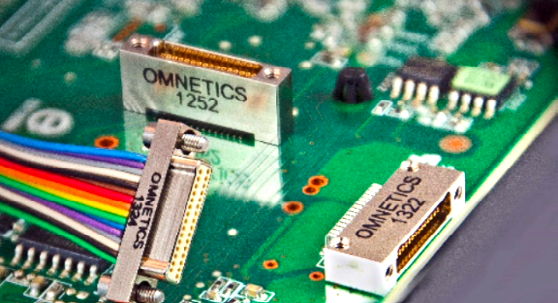
Omnetics Space Nano-D connectors
As engineers design and build newer space devices they are cramming additional functions and applications into extremely tight spaces. Simultaneously, connector and cable designer have developed rapid, custom interconnections that meet and exceed the needs of spaceborne electronics.
Space designed connector systems are built from key elements that have already gone to Mars and or have been used in orbiting satellites for a number of years. Space connector companies, such as Omnetics, design to fill the requirements of NASA and ESA (European Space Agency) to perform in the stringent specifications required. They are specified to meet low outgassing as well as residual magnetism and can fit multiple space applications. The connectors are not only small and lightweight, but designed for cycles of severe temperature swings.
Signal integrity in high shock and vibration is part of the basic design for space connections. Omnetics Nano-D connectors offer an evolutionary design that exceeds MIL-DTL-32139 and is approved for space programs and inspected per EEE-INST-002.
Standard format connectors are used in smallsats designed to support communications on Space Wire’s international format. This assists circuits to coordinate communications and data transfer to meet IEEE Std. 1355 to 1995 universal standards.

As the space industry evolves, signal and power interconnection systems have developed and proven exceptional support to meet new design requirements. Existing space connectors are here and ready to meet users’ needs.
In addition, rapid customized cable and connectors have become routine. Experienced connector designer use proven materials and design standards simultaneously to offer new shape and sizes needed.
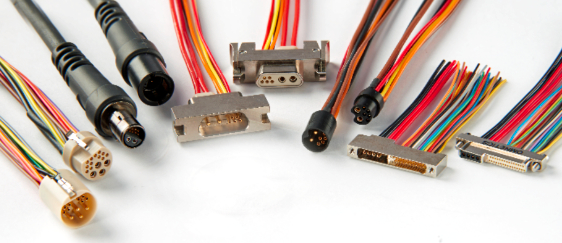
Mixed signal connector designs
Digital signal interconnections are easily achieved. Size and weights can be reduced by using Mixed or Hybrid cable and connectors that offer power and signal distribution within the same small cable.
Designers are encouraged to call their connector design team to discuss the new device needs and share online with a solid modeling session for their next connector and cable design.
www.omnetics.com


